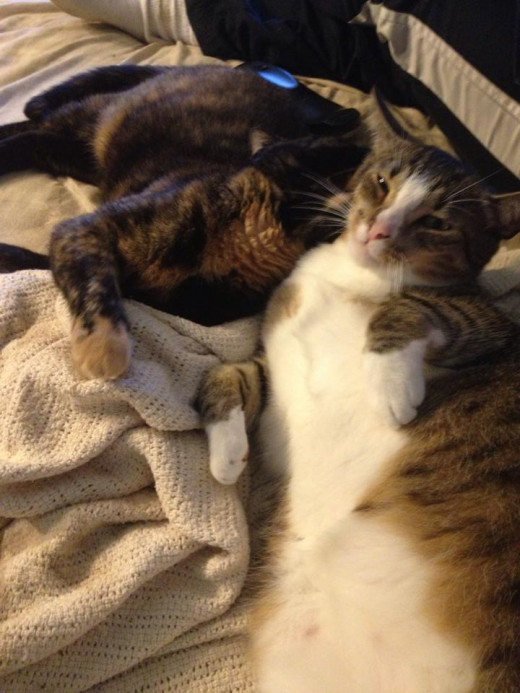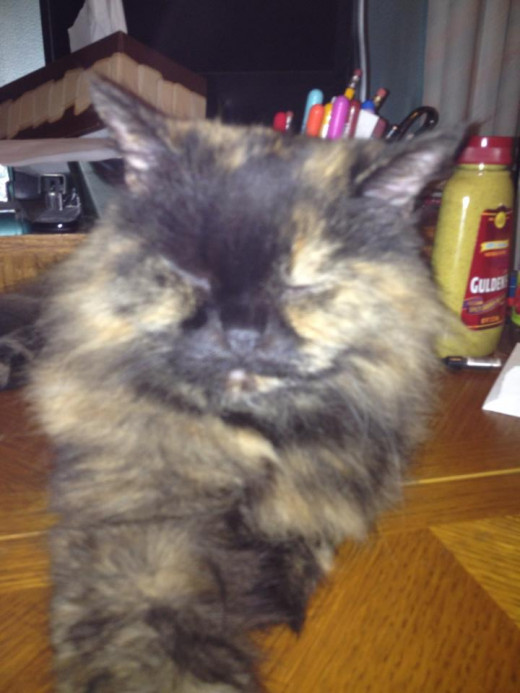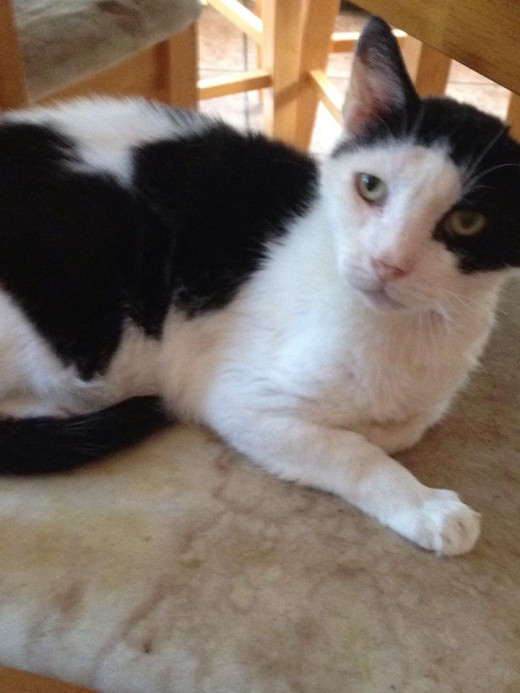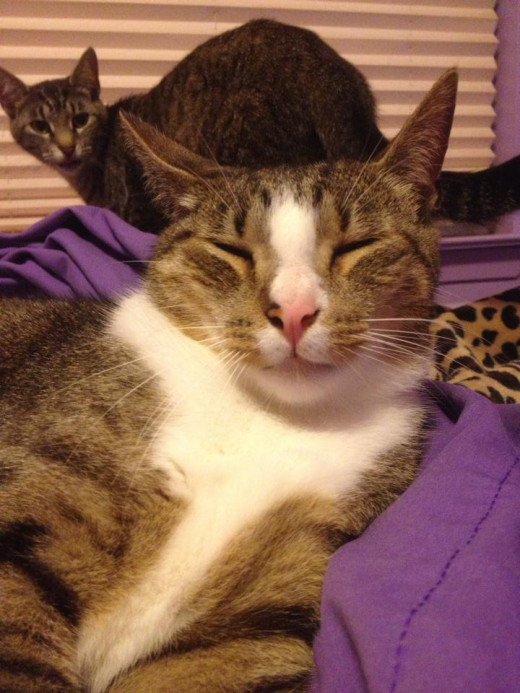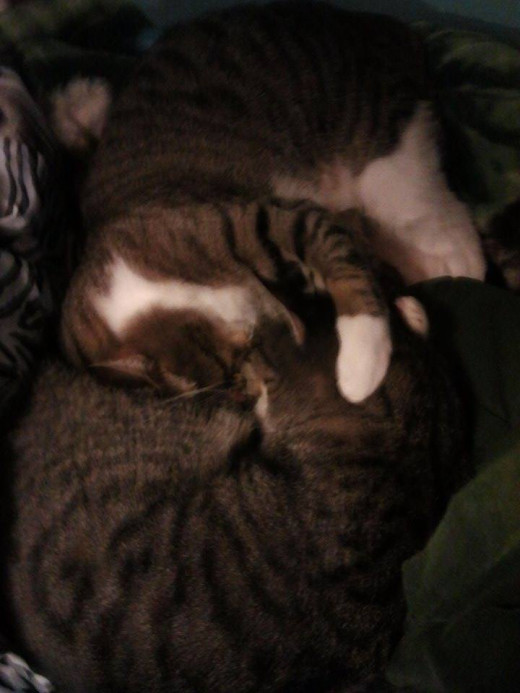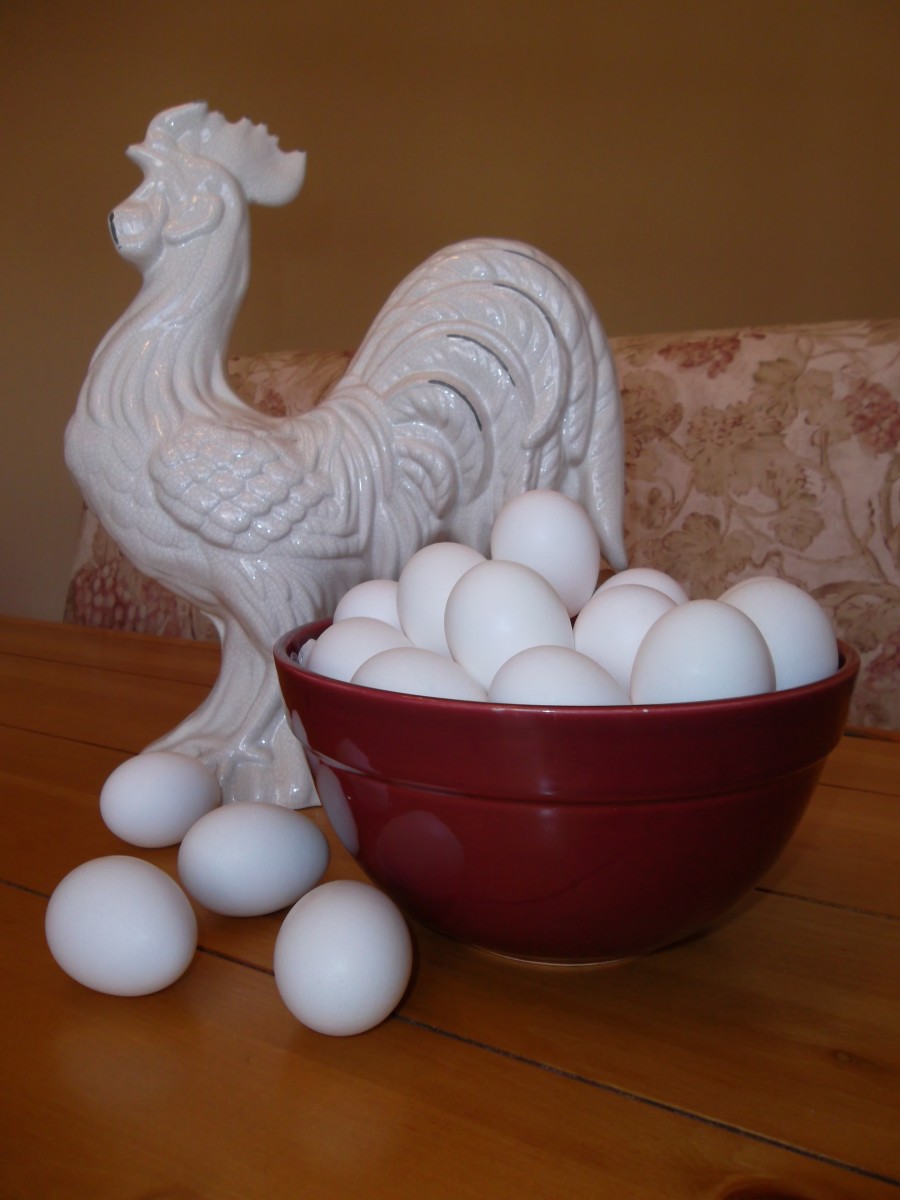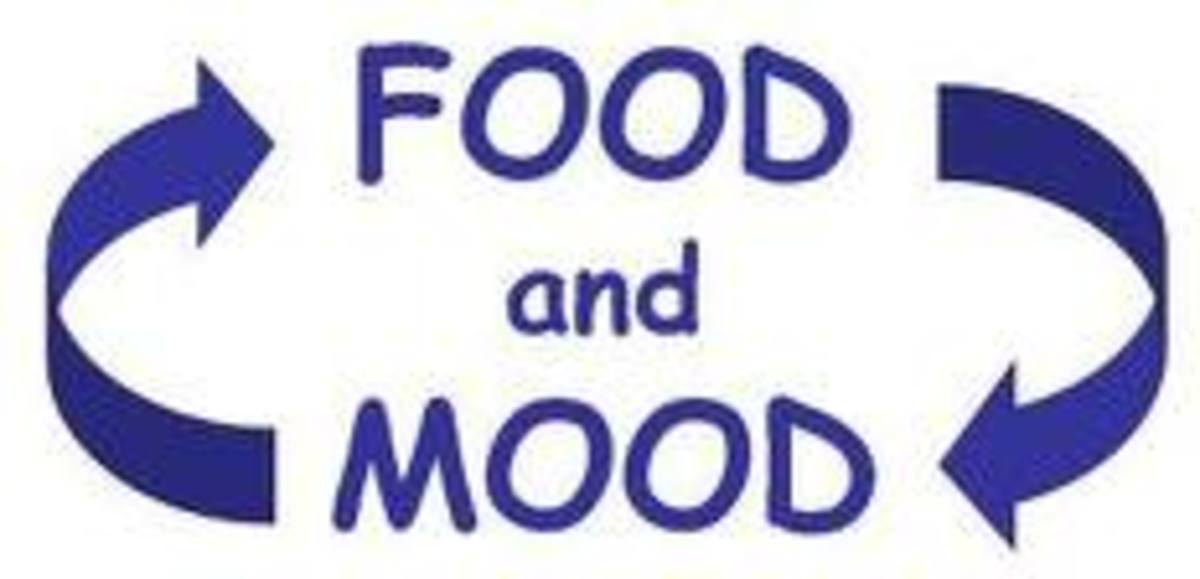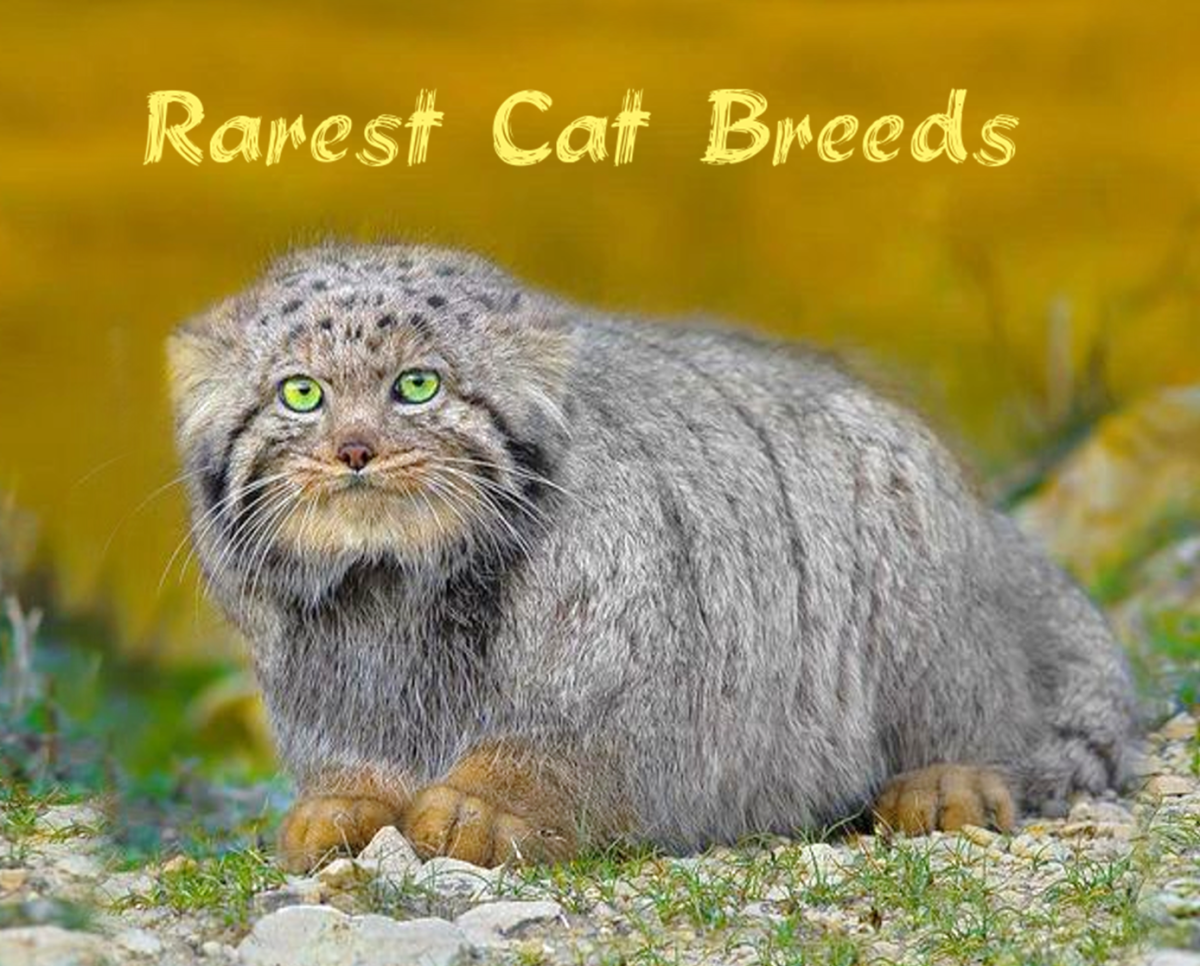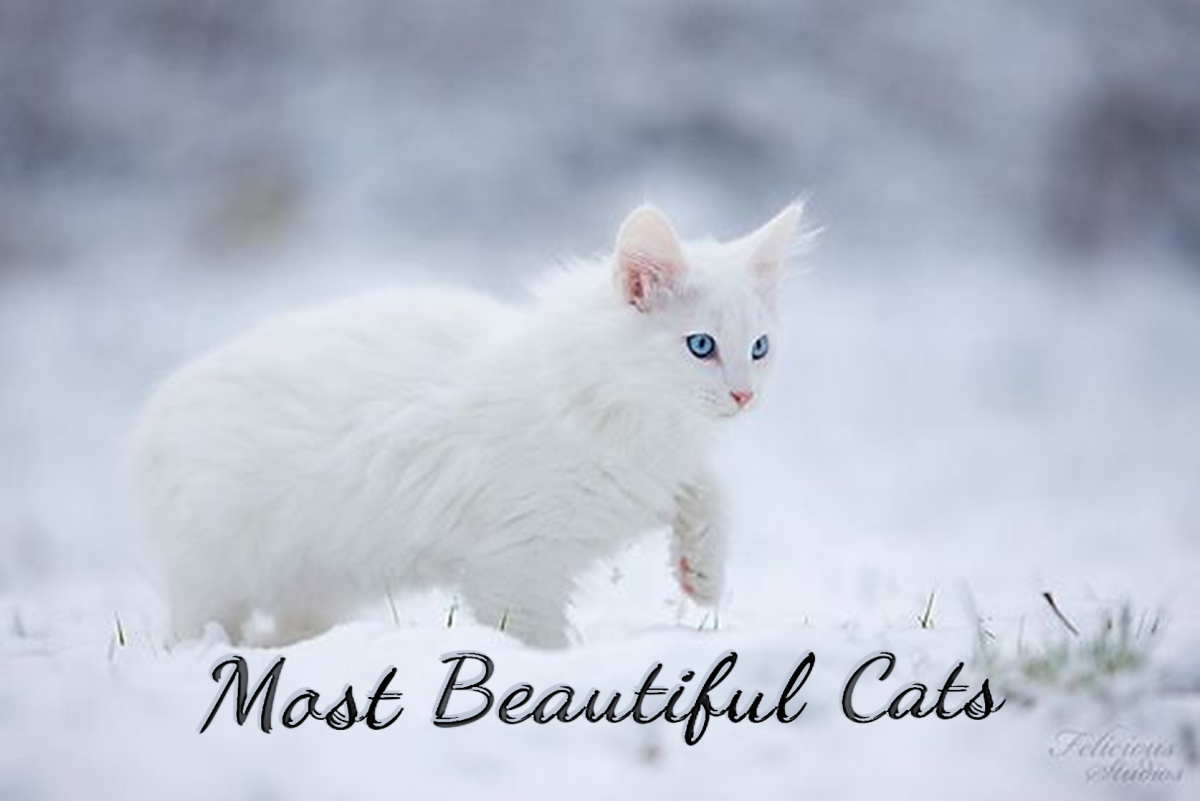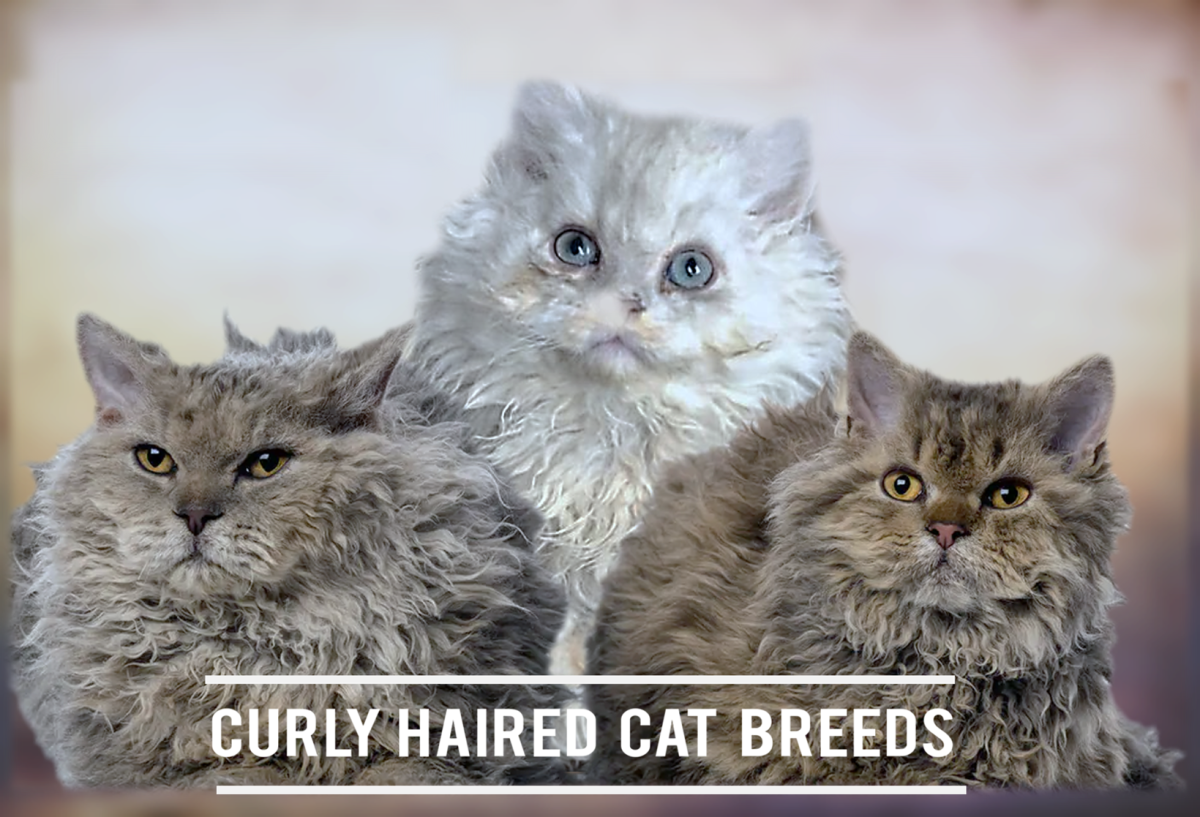Proper Nutrition for Your Cat
Cats and Their Eating Habits
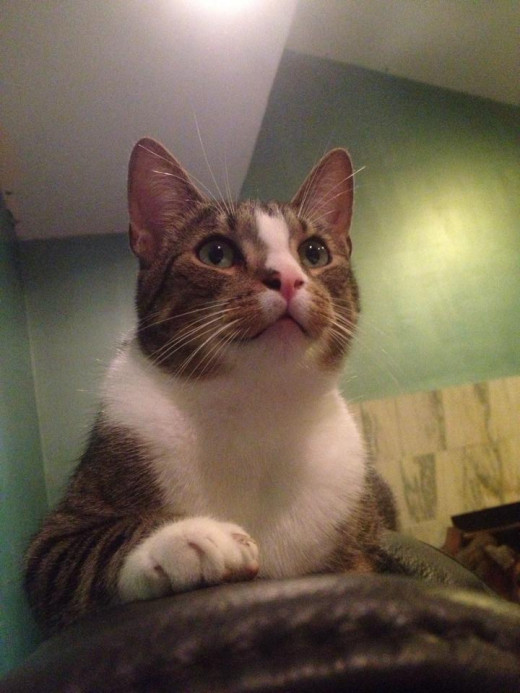
Cats and Their Digestive Tract
Approximately 33% of the homes in the U.S. have cats. If you are one of the people who have a cat or are looking at adopting one, there are some very important things to understand about cat food.
Let’s learn a quick lesson on the digestive tract of a cat:
-
As your cat takes food into their mouth, their tongue puts the food in position for the teeth to shred and tear the food, which then mixes with saliva to begin the process of digestion.
-
When your cat eats, they chew and swallow the food and a chemical breakdown begins in the mouth with the where enzymes in the mouth are secreted from their saliva.
-
The esophagus is a tube that transports the tube from the mouth to the stomach.
-
The stomach temporarily stores the food and processes it, where pepsin and lipase help digest protein and fat. After the food is broken down, it is transported to the small intestine.
-
In the small intestine enzymes change the food molecules so that it can be absorbed into the bloodstream and passes the nutrients into the bloodstream and lymphatic system.
-
The pancreas secretes digestive enzymes, hormones, glucogon, and insulin into the blood so the food can be metabolized. It neutralizes acids that come from the stomach.
-
The liver has a lot to do, but one of the things the liver does is to make proteins that create energy. The liver also gets rid of toxins, makes bile, and digestive fluids that are stored in the gall bladder that also assists in digestion.
-
The large intestine absorbs electrolytes and water and further processes any nutrients that have not been digested or absorbed so that anything that is not able to be digested gets expelled in the feces. It takes approximately 20 hours for this whole process to happen. Poop should be firm and a brown color. If it is loose, black, bloody, clay colored, mucus, smelly or very large, it may be a good idea to tell your veterinarian.
Their digestive system emulsifies food and then turns it into carbohydrates, fats, and proteins so that it can easily be absorbed into the bloodstream and lymphatic system so the cat can turn this into energy,tissue repair, and growth for every cell in their body.
Cat Bowls
Research the Best Food for Your Cat
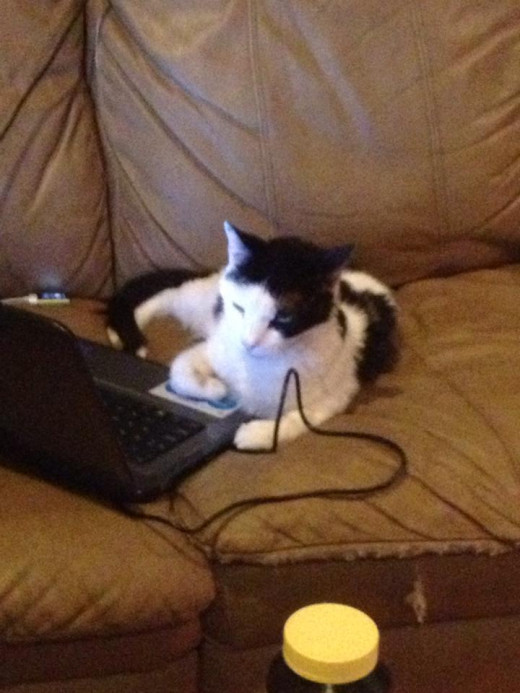
Never Let a Dog Eat Cat Food

Nutritional Needs of Cats
There are many different food choices to pick from. Very often people buy a certain brand of cat food. Some people buy based on brand, some people buy based on packaging, or advertising. Some people buy based on price
Cat food usually consists of a mixture of ingredients including, proteins, fats, carbohydrates, minerals, vitamins and water. Protein is very important for a cat because it helps build and fortify cells for the benefit of the organs and tissues. Proteins come from plants and animals, and it is both of these that can be in cat food.
Cats require protein and amino acids because they are carnivorous or meat eating animals. They can get their protein from meat and fish and other animal products. Animal based protein is easier for cats to digest than plant based proteins.
Cats need a variety of nutrients for proper nutrition. They need:
-
amino acids from protein
-
carbohydrates
-
fatty acids
-
minerals
-
vitamins
-
water
Cat's Nutrition
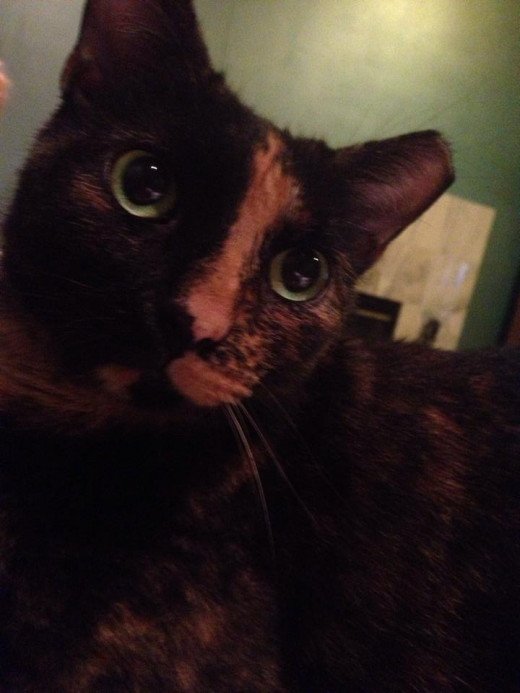
What is Taurine?
Cats require 22 amino acids. Amino acids are the building blocks that make up protein. 11 of these amino acids are synthesized by the cat. 11 are known as essential amino acids and need to be consumed. Essential amino acids are needed by the cat to stay healthy and they include:
-
arginine
-
histinine
-
isoleucine
-
leucine
-
lysine
-
methionine
-
phenylalanine
-
threonine
-
tryptophan
-
valine
-
taurine
Essential amino acids give a cat the needed building blocks that cats can’t make on their own. These biologically active compounds and proteins create carbon chains that help produce glucose for energy, and all of this comes from helping your cat maintain a good balance of essential amino acids from the proteins in their food. A deficiency of any one essential amino acid could lead to health problems
Arginine is one example of this. Arginine is needed to remove ammonia from the body through urination. If a cat doesn’t get sufficient arginine, they could build up a toxic amount of ammonia in their bloodstream.
Taurine that is deficient in cats can cause metabolic problems including blindness, deafness, heart problems, congenital defects, reproductive failure, and a poor immune system
Taurine is found in fish, birds, and rodents, but is only slightly available from plants.
The Eating Habits of Cats
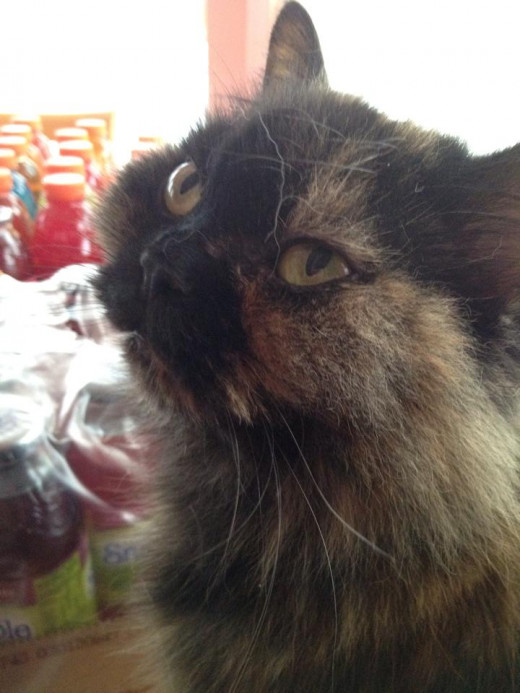
What to Feed Your Cat
A cat has unique nutritional needs, that are much different from dogs,, from other pets, and from ourselves. Feline’s nutritional needs change at different stages of their lives.
Feeding a balanced diet is important. Too much meat or fish in the cat’s diet can cause deficiencies and unbalanced nutrition. Too much fish, for example can cause yellow-fat disease called steatitis. This is a result of a vitamin E deficiency. Too much meat can cause hyperparthyroidism. If a cat doesn’t get enough calcium they can have a mineral imbalance. Kittens can sometimes get this as they grow so quickly.
Dietary fats are primarily derived from animal fats and from the seed oils from an assortment of plants. These fats and fatty acids provide the biggest concentrated source of energy. Fats have two times as much energy as protein and carbohydrates per gram. Dietary fats supply essential fatty acids that are not synthesized in the body and serve as the carriers for vital fat soluble vitamins. Cell structure and its function are dependent on fatty acids. Food fats also make the taste and texture more palatable for cats. High fat is safe for cats because over half of the energy comes from fat. Essential fatty acids keep your cat’s skin and their coat healthy.
Cats have special dietary needs. Their energy requirements are very high in order to sustain their daily activities. From the time they are kittens, to growing into adults, exercise and other demands, cats metabolize the carbohydrates, proteins and fats they consume into energy. When a cat doesn’t feel well, their energy from foods may increase. It is important to talk to your veterinarian about your cat’s nutritional needs.
Feeding Your Cat
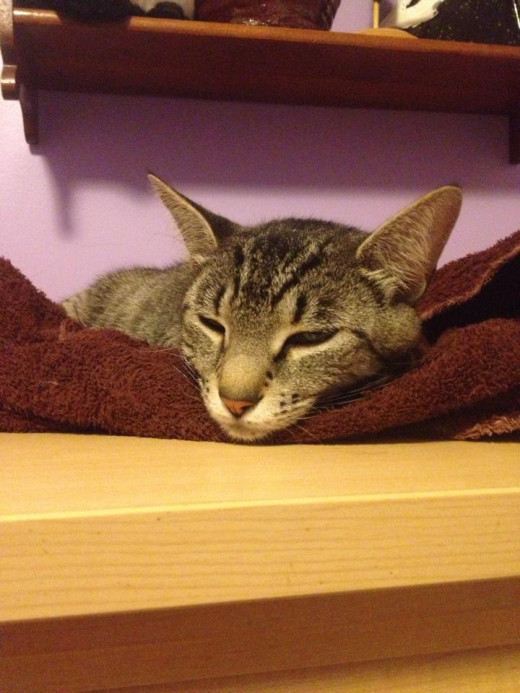
What Do You Feed Your Cat?
Do You Mostly Feed Your Cat
How Much to Feed Your Cat
The quantity of food a cat requires depends on the age of the cat, the breed, whether they are male or female, their activity level, their temperament, their metabolism, and their environment.
It is important to avoid overfeeding your cat, so that they do not get overweight, and have health problems related to obesity. Excess body weight can lead to heart disease, liver disease, respiratory issues, diabetes, arthritis, and digestive issues.
Carbohydrates are energy and are made up of sugars, starches, cellulose fiber, and vitamins.
Felines need a variety of vitamins. They need vitamins that are absorbed by the body through fat in the diet, which includes Vitamin A, D, E, and K. Cats cannot convert beta carotene that comes from Vitamin A on their own. The food they eat must contain preformed Vitamin A, which is found in the tissues of animals. Their also have a higher requirement of niacin and thiamin, which are part of the B vitamin family than other species. Cats can manufacture Vitamin C themselves.
When cat food says it is complete and balanced, additional vitamins are not necessary for the best nutrition for your cat. Complete and balanced cat food should be in the correct proportions to promote structural building and proper chemical reactions for good digestion and nutritional benefits. Too much supplementation, or the wrong supplementation can cause damage. Calcium and phosphorous are important in the right proportion so that the cat benefits from the proper ratio.
Make sure your cat always has clean and fresh water available at all times. Cats do not get as thirsty as other mammals. Canned cat food contains approximately 75% water and actually is a good provider of water for your cat.
Cats can get their carbohydrate needs from the grains and vegetables in commercial cat food. Even if the food has low carbs, cats are very efficient in processing and using starch and simple sugars into carbohydrates for their needs. Commercial cat food usually has up to 35% starch levels in their dry food, and this is well tolerated by cats.
If you feed your cat certain foods, or a certain brand, and you see they are not tolerating it well, the best thing to do is take your cat to your veterinarian and let them advise you. There are a variety of foods on the market. Your cat may have certain preferences, but you are their caretaker and responsible for them. Knowledge is power and learning what your pet needs, how they process their foods, and why they need what they need will help you be the very pets pet owner for your feline friend.
Cat Food Choices
Are You Happy With the Choices of Food Available in Stores for Your Cat?
